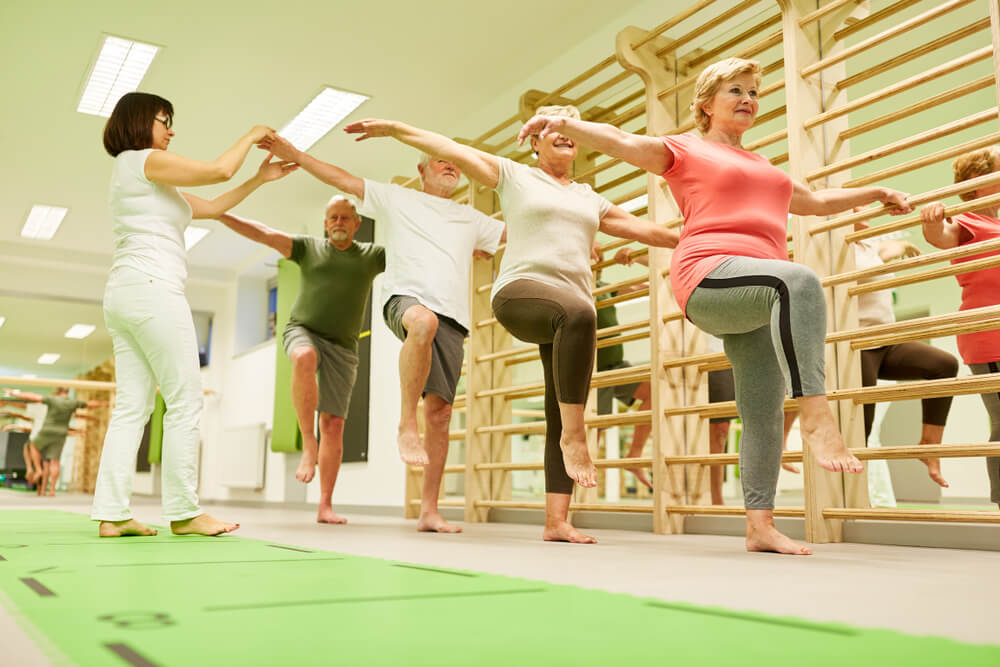Three balance exercises used in physical therapy for seniors

Losing your balance at any age can be a disorienting and frightening experience, but it is especially dangerous for seniors who are more vulnerable to harm from a fall. Unfortunately, falls are one of the leading causes of injuries in seniors. This makes it all the more important for health care professionals to help seniors take measures to reduce their fall risk and their chances for injury.
If you’re a senior who is at risk for injury from a fall, take a moment to review how your balance works and how physical therapy can help improve it.
Understanding balance
Your body has three systems that work together to help you maintain balance. These include:
- Visual — Your visual system consists of your eyes and how your brain interprets what you see. Visual impairment or a vision-related condition can affect your ability to balance.
- Vestibular — Your vestibular system is located in your inner ear. There are structures with fluid in your inner ears that serve to provide information to your brain about the position of your head. An imbalance of fluid in your inner ears can cause you to feel dizzy or off balance.
- Proprioceptive — Your proprioceptive system includes nerves in your muscles, tendons and joints that are responsible for communicating with your brain about the muscles’ behaviors. Any injury or condition that affects these nerves can affect your balance.
Additionally, weak and stiff muscles can also affect your ability to balance. Your muscles may grow weak and stiff over the years if you do not engage in physically challenging activities, such as jogging or going for a walk.
Three examples of balance exercises in physical therapy
These examples include exercises that your physical therapist may guide you through in your personalized treatment program. Please note that these exercises should be performed under the supervision or recommendation of a professional. These examples are here to help you understand what to expect, not to serve as a guide.
- Standing on one foot — While holding on to something secure for assistance, your physical therapist may have you balance on one foot while raising your other leg off the ground. Increasing the challenge of this exercise may include holding the position for longer, closing your eyes or eventually letting go of your support.
- Heel-toe walking — Your physical therapist may have you walk in a straight line by placing the heel of your front foot directly in front of the toes of your back foot. You’ll alternate your feet in these positions as you move slowly in a straight line. While doing this, you might use rails or your physical therapist for assisted support.
- Head motions — Your physical therapist may have you perform activities while moving your head or focusing on a moving object. This helps retrain your visual and vestibular systems to adjust for your balance needs.
Visit Franklin Rehabilitation for balance rehabilitation
Are you struggling to maintain balance and fear you are at risk from harm from a fall? Our team at Franklin Rehab can help. We can examine your condition and guide you through a personalized treatment program to help you improve your balance and lower your fall risk. Contact our team today for more information about improving your balance or to schedule an initial appointment.
